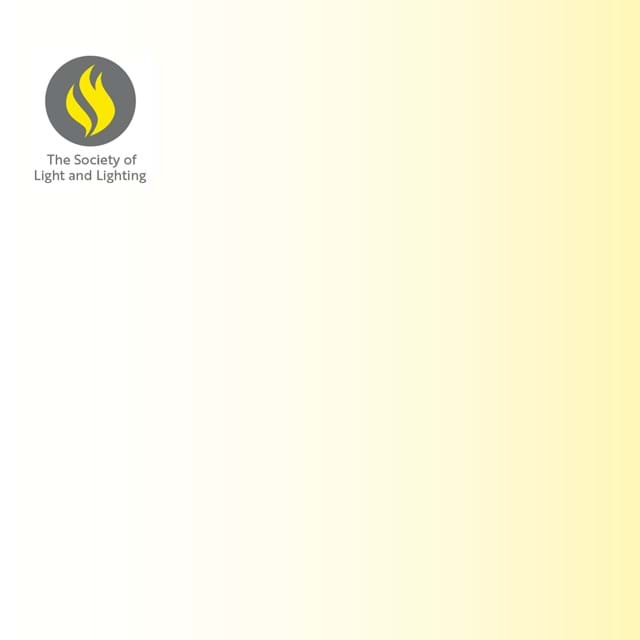
Lighting for museums and galleries deals with lighting not only museums and galleries but also historic houses and places where historic and cultural artefacts are displayed. It is aimed at those who bear responsibility for the design, management and operation of lighting, such as lighting designers, architects, exhibition designers, interior designers and electrical engineers; and also for those who have direct responsibility for day-to-day management, installation and operation of lighting, such as curators, managers and operational staff.
This guide has been written in a time of unprecedented change in lighting. We have seen the advent of an entirely new type of light source — the LED. There is much new published work and guidance on the conservation of museum objects and designers are subject to considerable pressure to minimise energy use. We also have new legislation to deal with, which affects the availability of different types of lamp, and frequently updated Building Regulations limiting energy use in buildings of all types. The 'Internet of Things' and 'smart lighting' are making a huge range of changes in the control of lighting. We have aimed to capture much of this change in this new edition of the guide. The presence of sensitive materials that can be damaged by light introduces another range of challenges not normally encountered in general lighting practice. This guide aims also to provide assistance with the identification of these issues and their reconciliation in the design and management of buildings. Consideration of controlling light exposure is an issue that sets this guide apart from other Society of Light and Lighting (SLL) published guidance, which generally covers lighting for task performance and the overall appearance.
This guide is not intended to provide solutions but to inform and assist lighting designers to ensure that they are aware of the issues involved and also to enable them to know when to ask questions and seek advice.
Designing the lighting for museums and galleries is among the most creative and satisfying tasks for a lighting designer. The lighting designer may work with a team of highly knowledgeable and enthusiastic experts to deliver a project that will be seen by large numbers of people.
The 2021 publication author is Mark Sutton Vane (Sutton Vane Associates).
This publication incorporates material from the previous edition. The Society acknowledges the material provided by previous authors and contributors, including the following: Kevan Shaw, Linda Bullock, Andy Calver, Stephen Cannon-Brookes, Christopher Cuttle, Arfon Davies, David Loe, Boris Pretzel, Devki Raj-Guru, John Roles, Paul Ruffles, David Saunders, Mike Simpson, Tad Trylski.
Contents
1 Introduction
2 Lighting principles
3 Properties of light
4 Brightness
4.1 Brightness ratios
4.2 Luminance of backgrounds
4.3 Contrast
4.4 Adjusting brightness
4.5 Changes of brightness
5 Colour
5.1 Colour temperature
5.2 Colour rendering
5.3 Colour of backgrounds
5.4 Changes of colour
6 Direction
6.1 Effect of direction with one source
6.2 Effect of direction with two sources
6.3 Hard and soft light
6.4 Beam angle, field angle and spill
6.5 Changes of direction
7 Working with brightness, colour and direction
7.1 Glare
7.2 Modelling
7.3 Accent lighting
8 Natural light in the museum or gallery
8.1 Use and control of daylight
8.2 Daylight and annual exposure
8.3 Rooflights
8.4 Sunlight restriction
8.5 Directing daylight
8.6 Daylight restriction
8.7 Windows in gallery walls
8.8 Supplementary electric light
8.9 Daylight evaluation techniques
8.10 Summary
9 Electric light in the museum or gallery
9.1 Lighting the exhibits
9.2 Locating spotlights
9.3 Wall-mounted exhibits
9.4 Centrally located exhibits
9.5 Access for aiming
9.6 Balance with audio visual displays
9.7 Showcase lighting
10 Material degradation
10.1 Light and material conservation
10.2 Conservation categories
10.3 Light: visibility, illumination and change
10.4 Effect of light on materials
10.5 Reducing the damaging effects of light
11 ‘Experience’ displays
12 Security lighting
13 Emergency lighting
14 Working, maintenance and cleaning lighting
15 Temporary exhibition galleries
15.1 Exhibit lighting
15.2 Emergency lighting
15.3 Working light
15.4 Light fittings
16 Events and corporate entertainment
17 The shop
18 Luminaires
18.1 Luminaire accessories
18.2 Framing, gobo, profile and image projectors
18.3 Track systems
18.4 Alternatives to track
18.5 Lighting walls
18.6 Concealed lighting
18.7 Indirect lighting
18.8 Uplighting
18.9 Cornice lighting
18.10 Fibre-optic systems
18.11 Picture lights
19 Combining daylight and electric lighting
19.1 Historic interiors
19.2 The cafe
20 Lighting controls
20.1 General strategy
20.2 Simple control of lighting
20.3 More complex and automatic controls
20.4 Combined control of daylight and electric light
20.5 Light-measuring cells
20.6 Whole-building lighting controls
20.7 Controls and audio-visual systems
21 Energy efficiency, maintenance and costs
21.1 Costs (capital and operating)
21.2 Maintenance
21.3 Energy efficiency
22 Designing the lighting of the museum or gallery
22.1 The brief, commencing the design
22.2 Experimentation and mock-ups
22.3 Overview of progress
22.4 Aiming and balancing
Appendix: list of artificial skies available for hire
Author: Mark Sutton Vane (Sutton Vane Associates)